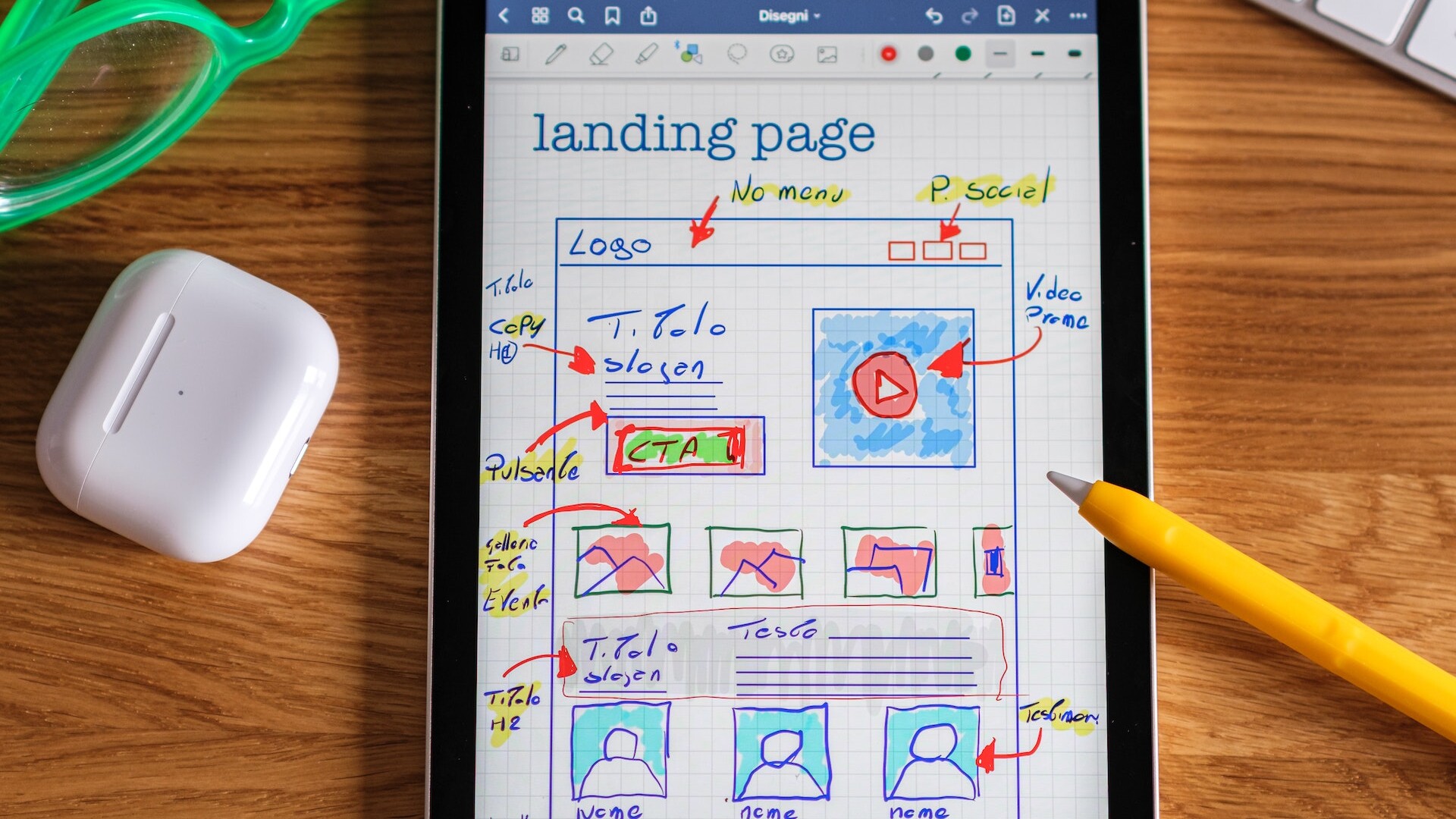Why Usability Counts
Usability may very well be the foundation of online and mobile app design. The best idea in the world means little if visitors and users have to take time to figure out what they are supposed to do.
As nearly anyone can start a website, it makes sense to address some usability concerns that all designers and site owners should take into account.
Do Your Users Have To Think?
There is a multitude of books on the topic, but the idea can be summed up as:
- Present content, services or products as quickly and easily as possible
- Users should not have to click more than three times to find what they are looking for. This is often called the “Three-click rule”.
Fancy looking websites with creative and engaging graphics may earn a website the chance to retain visitors, but they have to be able to find what they are looking for quickly.
This is usability in its simplest form.
Speed
While not often thought of in a usability sense, the speed at which a page loads is essential to whether the website as a whole is usable and valuable to a visitor. Regardless of what the user hopes will be on a page, they are unlikely to wait for more than a couple of seconds.
Excessive amounts of code, often used for Flash or Javascript, will slow a page. Even if a user does stay for the initial load, they become more likely to abandon their efforts if each subsequent action takes more time than they are willing to give to their task.
Poor Contrast
Unique contrasts on a screen may hold some appeal, but they may irritate the eyes of the actual users who will visit the site. Too many sites try to differentiate themselves by putting odd color combinations on a page.
Things like yellow text on a black background, or putting too many colors on a page can all make it difficult for a site’s users to read important content or to easily determine where they should be clicking in order to take the next step.
Some sites perform well in spite of contrast issues, but for a site with poor traffic or that has just started, being unique is far outweighed by being easy to use and read.
Bland 404 Pages
When a page has been deleted, but the URL still exists, a 404 page is presented. The typical 404 page just lets the user know they have landed on a page that no longer exists and directs the user back to the homepage.
A useful 404 page guides users back to important content. A good designer may be able to include code that detects the category of the page no longer in existence and present related pages.
In other cases, it may be a good idea to direct users to the highest converting pages. Either way, it is important to customize 404 pages and ensure users have another place to go other than the homepage.
Conclusion
Depending on the site, there may be a host of other issues to address, but these should cover the majority of websites. Website designers can often navigate their own sites without a problem, but their users may have some difficulty. It is important to test usability on a regular basis to ensure a site maximizes its value.



